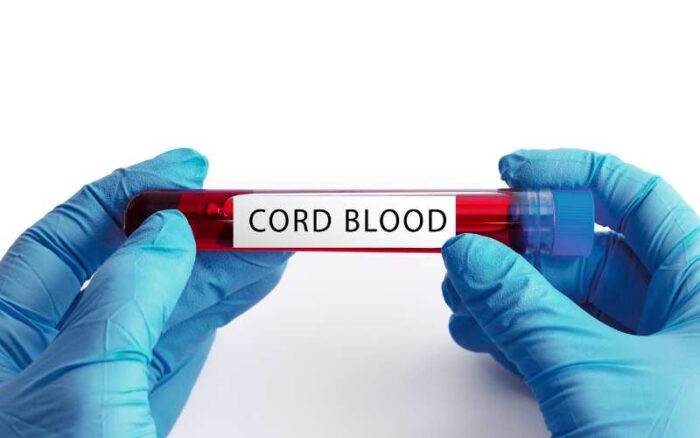Introduction:
Umbilical cord blood banking has emerged as a revolutionary medical practice that empowers families to secure the health and well-being of their loved ones through the preservation of valuable stem cells found in a newborn’s cord blood. This proactive approach holds immense potential for treating various diseases and conditions in the future. In this comprehensive article, we will explore the significance of umbilical cord blood banking cost, the marvels of stem cells, and the broader implications of this transformative decision.
1. Understanding Umbilical Cord Blood Banking: Umbilical cord blood banking involves collecting and storing the stem cells found in a newborn’s cord blood, which are a rich source of hematopoietic stem cells. These versatile cells can be utilized in medical treatments, serving as a genetic match for the child and potentially other family members.
2. The Marvels of Stem Cells: Stem cells possess unique properties that make them nature’s repair kit. They have the remarkable ability to differentiate into various cell types, offering immense potential in regenerative medicine. Their capacity to treat conditions like leukemia, immune disorders, and metabolic diseases underscores the value of cord blood banking.
3. Factors Influencing Umbilical Cord Blood Banking Cost: The investment in umbilical cord blood banking can vary based on several factors. We will explore the components that influence the cost, including initial enrollment fees, collection and processing charges, annual storage fees, and any additional services offered by cord blood banks.
4. The Cost Breakdown for Private Cord Blood Banking: For families opting for private cord blood banking, a detailed cost breakdown is essential. This will include one-time charges for collection kits, medical professionals’ fees for the collection process, and the annual storage costs to maintain the stem cells in optimal condition.
5. Public Cord Blood Banking: A Cost-Free Alternative: For families unable to pursue private cord blood banking, public cord blood banking presents a cost-free alternative. By donating cord blood to a public bank, parents contribute to the global effort of providing potential life-saving treatments for those in need.
6. Weighing the Worth: The Value of Umbilical Cord Blood Banking: Beyond the monetary cost, parents must consider the value of umbilical cord blood banking in securing their family’s health and future. The peace of mind that comes with having a genetically compatible and readily available source of stem cells for potential medical needs is invaluable.
7. Current and Future Applications of Cord Blood Banking: The applications of cord blood stem cells continue to expand with ongoing research. Current treatments already include bone marrow transplants, but researchers are exploring new therapies for conditions like cerebral palsy, autism, and diabetes. By banking cord blood, families position themselves at the forefront of medical advancements.
Conclusion:
Umbilical cord blood banking cost is a meaningful investment in your family’s health and future. By preserving the extraordinary potential of stem cells, parents are taking a proactive step towards securing a lifeline that can potentially combat various medical challenges. Consider the benefits, costs, and broader implications thoughtfully, and embrace this medical marvel that holds the key to a healthier and more resilient tomorrow for your loved ones. The decision to bank cord blood is an investment in hope and a testament to the boundless possibilities of science and nature.
FAQs:
Q1. Is umbilical cord blood banking cost-effective in the long run?
Answer: Yes, umbilical cord blood banking can be considered a long-term investment in your family’s health. The potential medical benefits and the peace of mind it provides make it a worthwhile choice.
Q2. Can I access publicly banked cord blood for my family’s use?
Answer: No, publicly banked cord blood is available for anyone in need of a compatible stem cell transplant. For exclusive access to the stored cord blood, private cord blood banking is recommended.
Q3. How long can umbilical cord blood be stored, and will the cost increase over time?
Answer: Cord blood can be stored for many years without losing its potency. While storage fees may vary among banks, most offer various payment plans to accommodate families’ needs.
Q4. Is umbilical cord blood banking a guaranteed insurance policy for health issues?
Answer: While cord blood banking provides potential medical benefits, it cannot guarantee prevention or cure of all health issues. However, it offers an additional resource that may prove invaluable if the need arises.
Q5. Can cord blood banking benefit immediate family members beyond the child?
Answer: Yes, cord blood stem cells may potentially benefit immediate family members who are a genetic match, increasing the chances of successful medical treatments.
